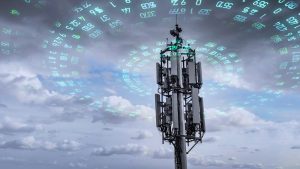IoT And Digital Transformation

In our housing, we’ve grown accustomed to virtual assistants and home devices with built-in a.i. and internet access, allowing us to regulate the gadgets remotely.
However, a few roadblocks remain in the way of IoT’s even faster market growth. One impediment is that while many businesses today offer IoT solutions, the majority of them concentrate on either the hardware or software side of the sector. Few people attempt or have the technological knowledge including a mix of the two. Even so, a coordinated effort on the portion of devices and system businesses is required to unleash the functionality that IoT and new phase innovations can offer.
The second barrier is that modern IoT protocols, like LoRaWAN, are nonlinear, Aloha-based procedures with few recognitions. As a result of high packet drop rates and the loss of several packets all through data transfer, LoRaWan and Sigfox are presently unsuitable for most manufacturing use instances. This impact can be remedied to a certain extent by constructing huge LoRaWAN public wifi with numerous ground stations in scope, and this is an expensive option.
The issue of packet inaccurate data transmission is exacerbated by the fact that almost all traffic is noticeable inside the LoRaWAN network so because the network’s total capacity is communicated. As a result of shared folders, there is more intervention, which contributes to packet errors as well as loss.
Informed Decisions, African IoT business, a while back overcame both these challenges. Informed Decisions has been capable of solving the first issue by recognizing the user’s business needs and translating them into product specifications set that can be used to meet a range of difficulties with basic technology. They combined the various IoT industry focus areas into a unified platform with imposed logic and improved data for summary statistics, predicting, and deep learning.
On a pragmatic level, the convergence involves creating their possess “long-range wireless connection” with such a 65km range as well as the ability to combine any detector, irrespective of procedure or sophistication. 2 sided communication enables not just data collection and tracking, but also device and networking gear control.




